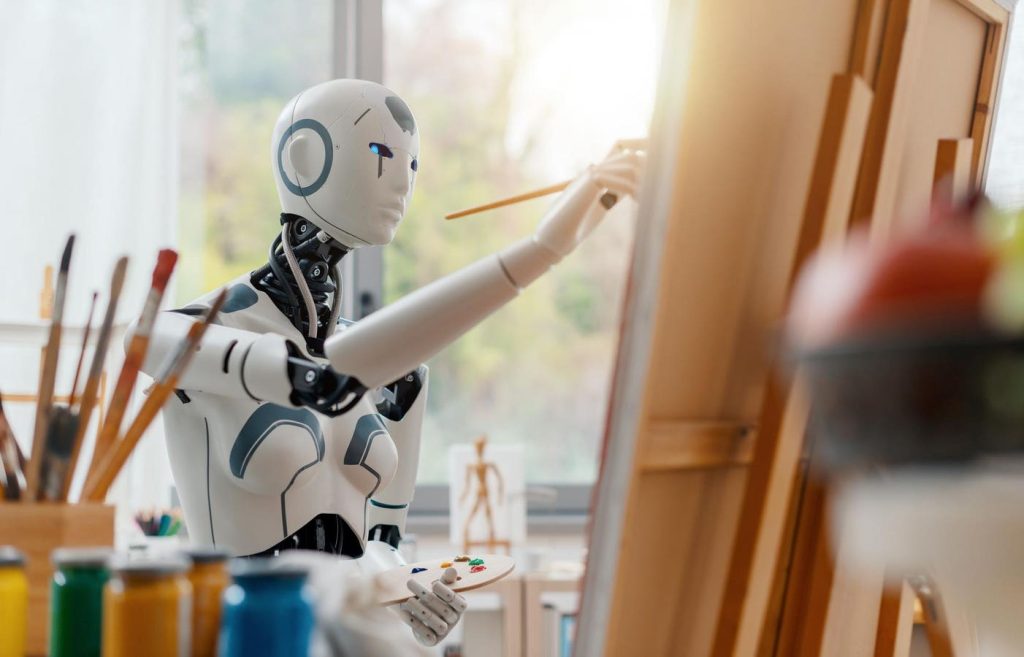Artificial intelligence (AI) and art intersect in a fascinating realm where circuits meet creativity. While AI lacks human consciousness, it can interpret and create art in ways that are both awe-inspiring and insightful. AI artists like Google’s DeepDream generate mesmerizing images that evoke wonder and intrigue in human viewers.
AI interprets art beyond human perception, analyzing masterpieces like Van Gogh’s Starry Night in terms of data points. By presenting art in unique ways, AI offers new perspectives that enrich our understanding and appreciation of art. Despite lacking human emotions, AI-generated art can resonate with human feelings, as seen in the music compositions of the AI program AIVA.
The collaboration between human artists and AI opens up new possibilities in artistic expression. AI serves as a tool for human artists, enhancing their creativity and precision. Projects like The Next Rembrandt exemplify this collaboration, where AI analyzed Rembrandt’s works to create an original piece in the artist’s style. AI becomes a bridge connecting the past and present, challenging traditional notions of creativity and authorship.
AI adds a vibrant thread to the grand tapestry of art and expression, challenging us to explore beauty and meaning in new forms. As we embrace the possibilities that AI brings to the world of art, we celebrate the unique perspectives and collaborative potential it offers. This exploration of AI and art opens doors to new realms of beauty and inspiration, where technology enhances and expands human creativity rather than replacing it.
In the dance of pixels and paint, codes and canvas, AI presents an unexplored realm of beauty and inspiration. As we journey into this world where technology amplifies human creativity, we discover a new frontier in artistic expression. AI challenges us to see art from a different perspective, inviting us to celebrate the collaborative potential between human and machine in the creation and understanding of art.


